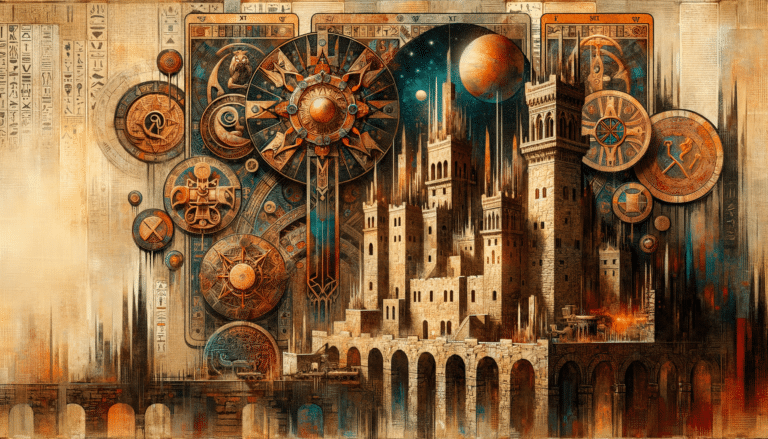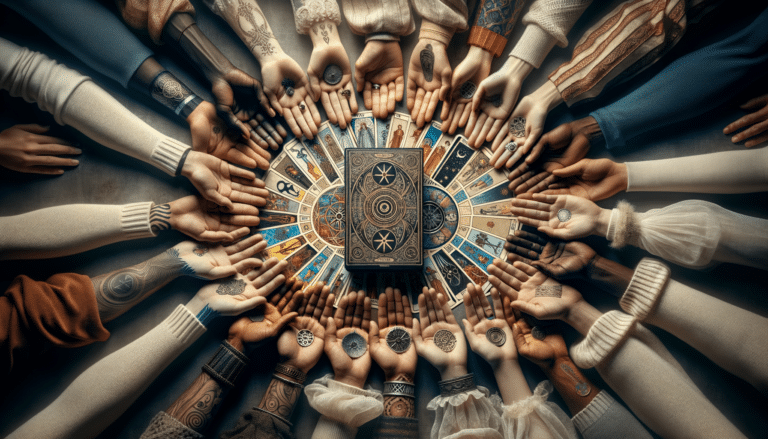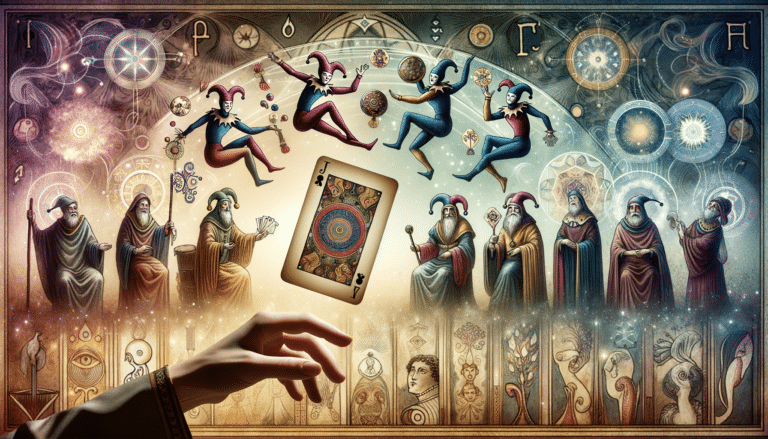Famous Historical Tarot Card Readers Unveiled
You might think tarot is just about mystical symbols, but…
It’s also rich with historical personalities who shaped its evolution. As you delve into the world of tarot reading, understanding the impact of certain individuals can deepen your appreciation for this complex art form.
The Visconti-Sforza Dynasty played a pivotal role in the development of the earliest tarot cards.
Meanwhile, Marie Anne Lenormand’s legacy demonstrates how tarot can intertwine with political intrigue.
A. E. Waite and Pamela Colman Smith’s collaborative efforts resulted in one of the most iconic tarot decks in history.
Lastly, Aleister Crowley’s tarot innovations introduced a new layer of depth to the practice.
By exploring these famous historical tarot card readers, you’re not just learning about cards; you’re uncovering the stories and insights of those who’ve left an indelible mark on tarot’s tapestry.
Key Takeaways
- The Visconti-Sforza Dynasty commissioned one of the earliest known tarot decks during the Italian Renaissance, which reflected the social hierarchy and values of the time.
- Marie Anne Lenormand revolutionized card reading with her unique approach and self-named deck, blending traditional tarot elements with her own cartomancy techniques.
- A. E. Waite infused tarot with in-depth symbolism drawing from occult and mystical traditions, shaping modern tarot reading into a symbolic art form.
- Aleister Crowley introduced complex astrological and kabbalistic elements in his Thoth Deck, encouraging personal growth and exploration of cosmic relationships.
The Visconti-Sforza Dynasty

Within the realm of tarot history, you’ll find the Visconti-Sforza dynasty’s profound influence, as they commissioned one of the earliest known tarot decks during the Italian Renaissance. You might wonder how a noble family became so integral to the world of tarot.
Well, it was their keen interest in the arts under the Sforza patronage that led to the creation of the Visconti decks. These weren’t just playing cards; they were intricate masterpieces, rich with symbolic imagery and crafted with gold leaf.
As you delve deeper, you’ll realize that these cards were more than artistic endeavors; they were tools for contemplation and reflection. The Visconti decks are adorned with characters and scenes that reflect the social hierarchy and values of the time. They were used for games at first, but over time, they gained mystical significance for divination.
It’s fascinating to think that your modern deck echoes the craftsmanship and vision of the Visconti-Sforza lineage. Every time you shuffle and lay out your cards, you’re partaking in a centuries-old tradition, one that was nurtured and developed with the Sforza patronage. This legacy is a testament to the enduring power and allure of tarot as both an art form and a means of introspection.
Marie Anne Lenormand’s Legacy
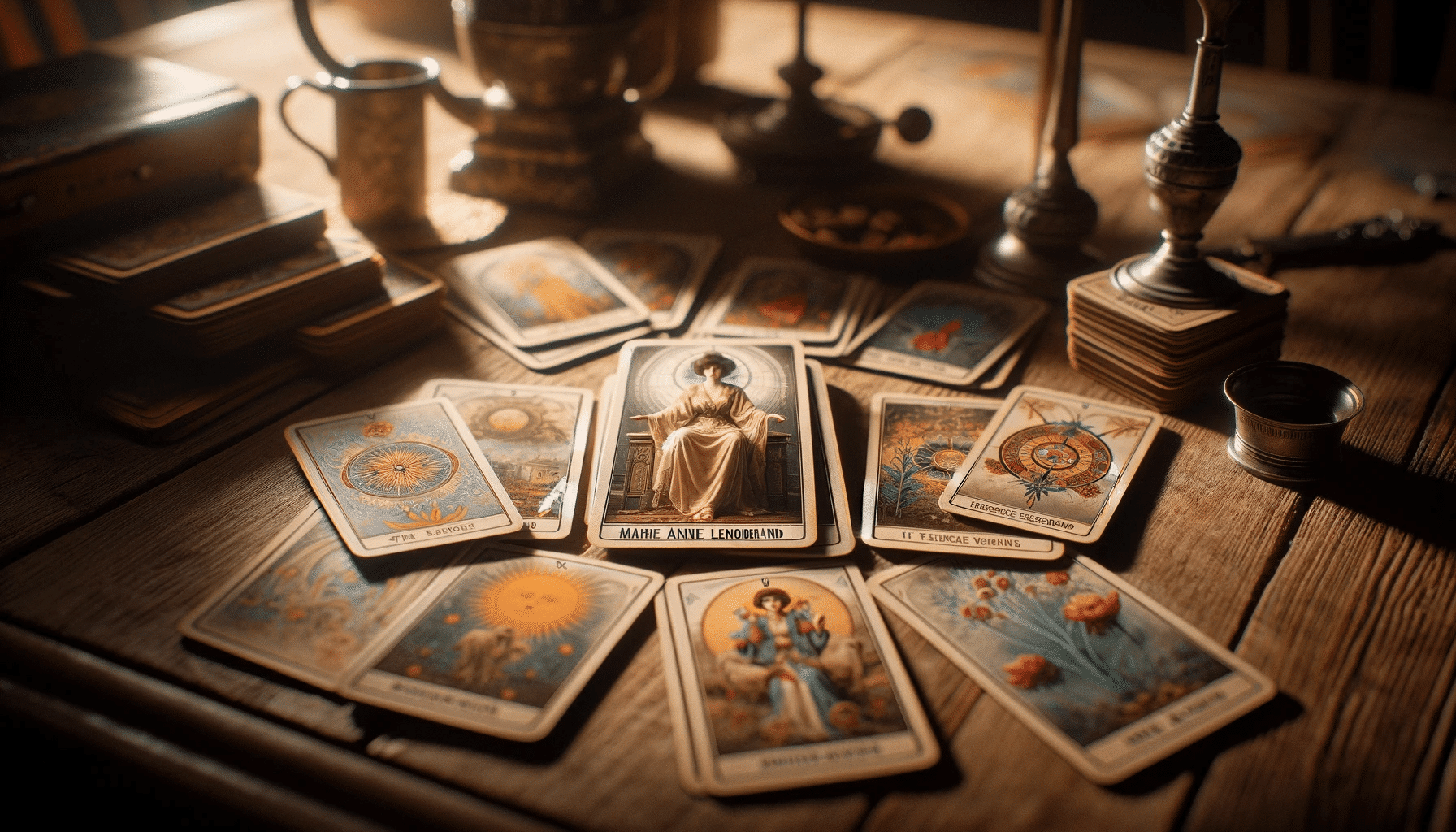
Often overlooked in tarot’s rich history, you’ll find Marie Anne Lenormand, who revolutionized card reading with her unique approach and self-named deck. Her legacy extends far beyond her lifetime, as Lenormand’s Oracle remains a cornerstone in the world of cartomancy. You might wonder, what set her apart?
Marie Anne blended traditional tarot elements with her own cartomancy techniques, creating a distinct form of divination that continues to captivate enthusiasts today.
Her deck, unlike the traditional tarot, consists of 36 cards, each rich with symbolism and meaning. It’s a tool that requires not only intuition but also an understanding of Lenormand’s specific symbols. As you delve into her cards, you’re engaging with a system that’s less abstract than traditional tarot, offering more concrete imagery and direct answers.
Learning Lenormand’s cartomancy techniques might seem daunting at first, but as you practice, you’ll discover a nuanced method of interpretation that can offer profound insights. Her cards function together in unique combinations, revealing layers of meaning that can illuminate your path forward.
Check out our Tarot Decks & Oracle Cards here…
A. E. Waite’s Contributions
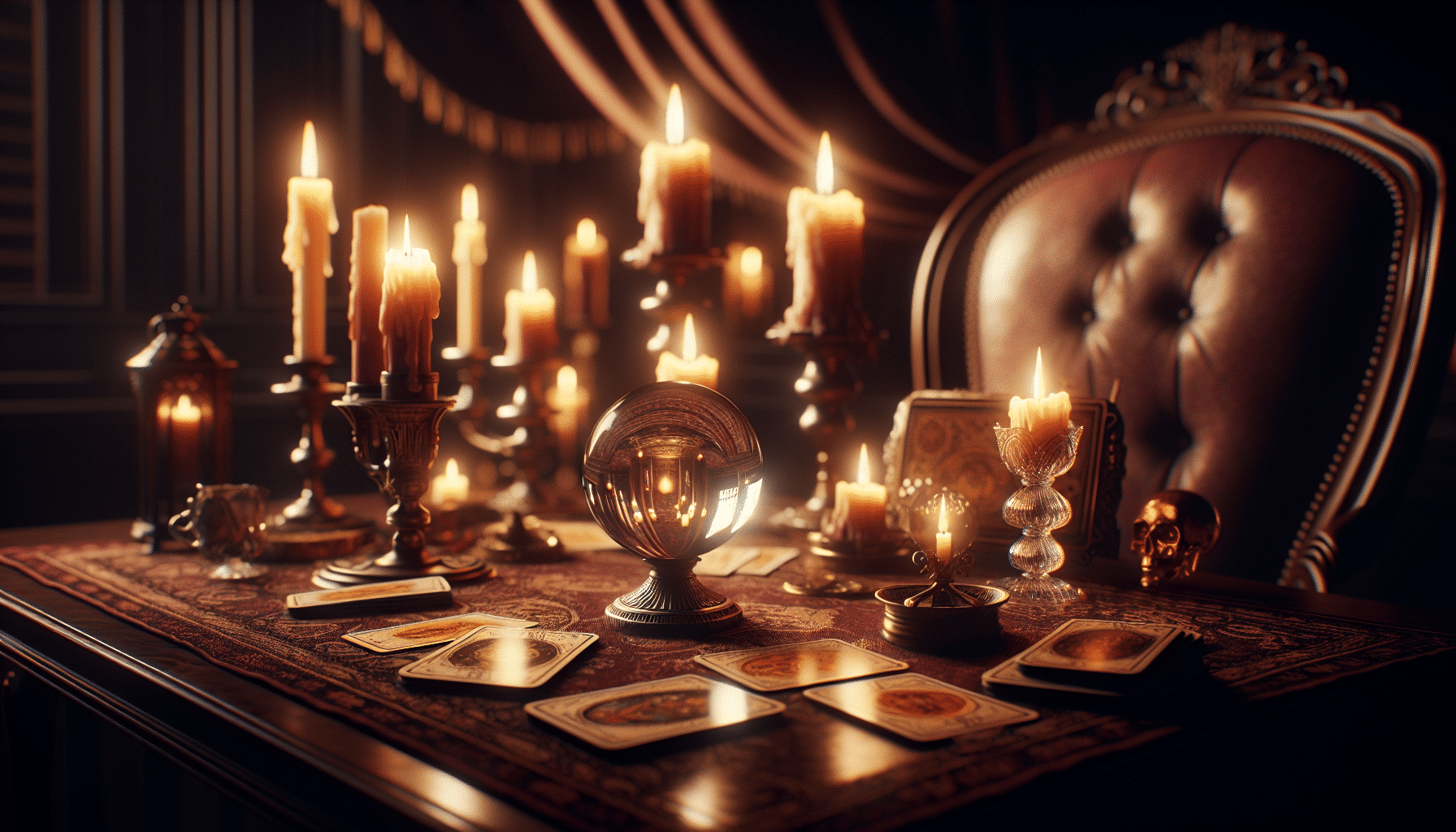
Although you may be familiar with the Rider-Waite tarot deck, it’s A. E. Waite’s innovative symbolism and collaboration with artist Pamela Colman Smith that revolutionized modern tarot reading. You might recognize the iconic images, but do you know how Waite’s background in the Golden Dawn influenced the deck you’re using? Waite’s deep interest in occult symbolism and esoteric knowledge shaped the way tarot cards are interpreted today.
Here are three key contributions from A. E. Waite that you should know about:
-
In-depth Symbolism: Waite infused the tarot with rich, layered meanings drawing from various occult and mystical traditions, making readings more nuanced.
-
The Smith-Waite Collaboration: He worked closely with artist Pamela Colman Smith, who illustrated the cards, creating the deck’s unique and timeless visual appeal.
-
The Guidebook: Waite authored ‘The Pictorial Key to the Tarot,’ providing an official guide to the symbolism and methods of interpretation for each card in his deck.
Understanding Waite’s contributions gives you a deeper appreciation for the tarot. His work with the Golden Dawn and mastery of occult symbolism have left an indelible mark on the practice of tarot reading, turning it into the rich, symbolic art form it’s today.
Learn more with these best tarot books here…
Aleister Crowley’s Tarot Innovations
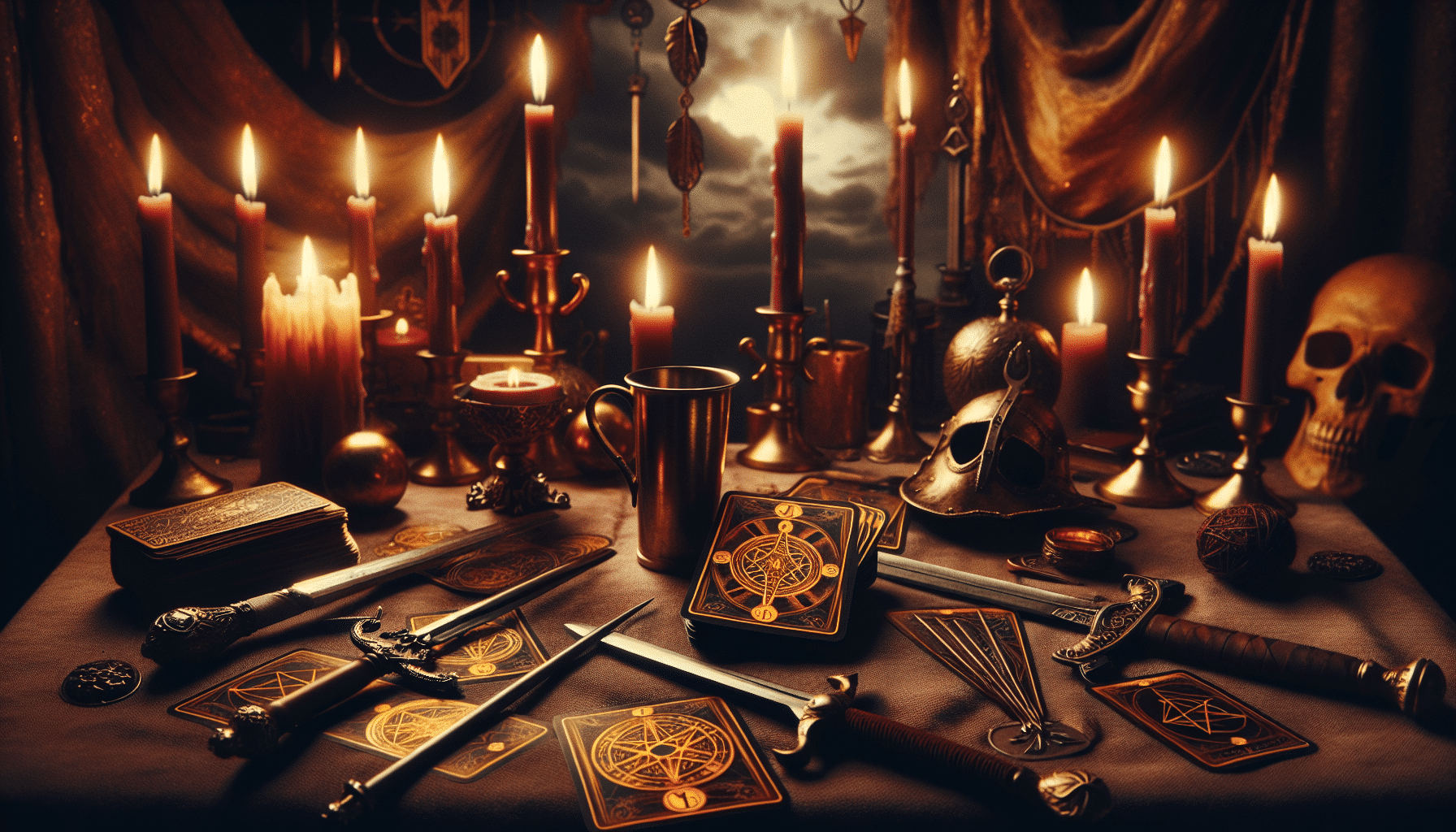
Building on Waite’s legacy, Aleister Crowley’s own tarot deck, the Thoth, introduces complex astrological and kabbalistic elements that you’ll find transform traditional tarot interpretation. Crowley’s Thoth Deck is steeped in the occult philosophy he was renowned for, and it reflects his deep understanding of the esoteric.
You’ll notice the Thoth Deck diverges from the Rider-Waite in its naming and imagery. It incorporates a wealth of symbolism drawn from various sources, including the Tree of Life from Kabbalah, zodiacal signs, and planetary influences.
Each card is a repository of mystical knowledge that demands your attention and study.
Crowley’s approach to tarot was revolutionary in that he sought to integrate the cards with a broader spectrum of occult systems. This integration allows for a more nuanced reading where the cards don’t just represent life situations but also convey the underlying spiritual forces at play.
When you work with the Thoth Deck, you’re engaging with a tool designed for exploration of the self and the universe. It’s not just about fortune-telling; it’s about personal growth and understanding the intricate web of cosmic relationships. Crowley’s legacy in tarot is that of a provocateur, challenging you to delve deeper into the mysteries the cards hold.
Learn even more secrets of the history of tarot here…
Pamela Colman Smith’s Artistry
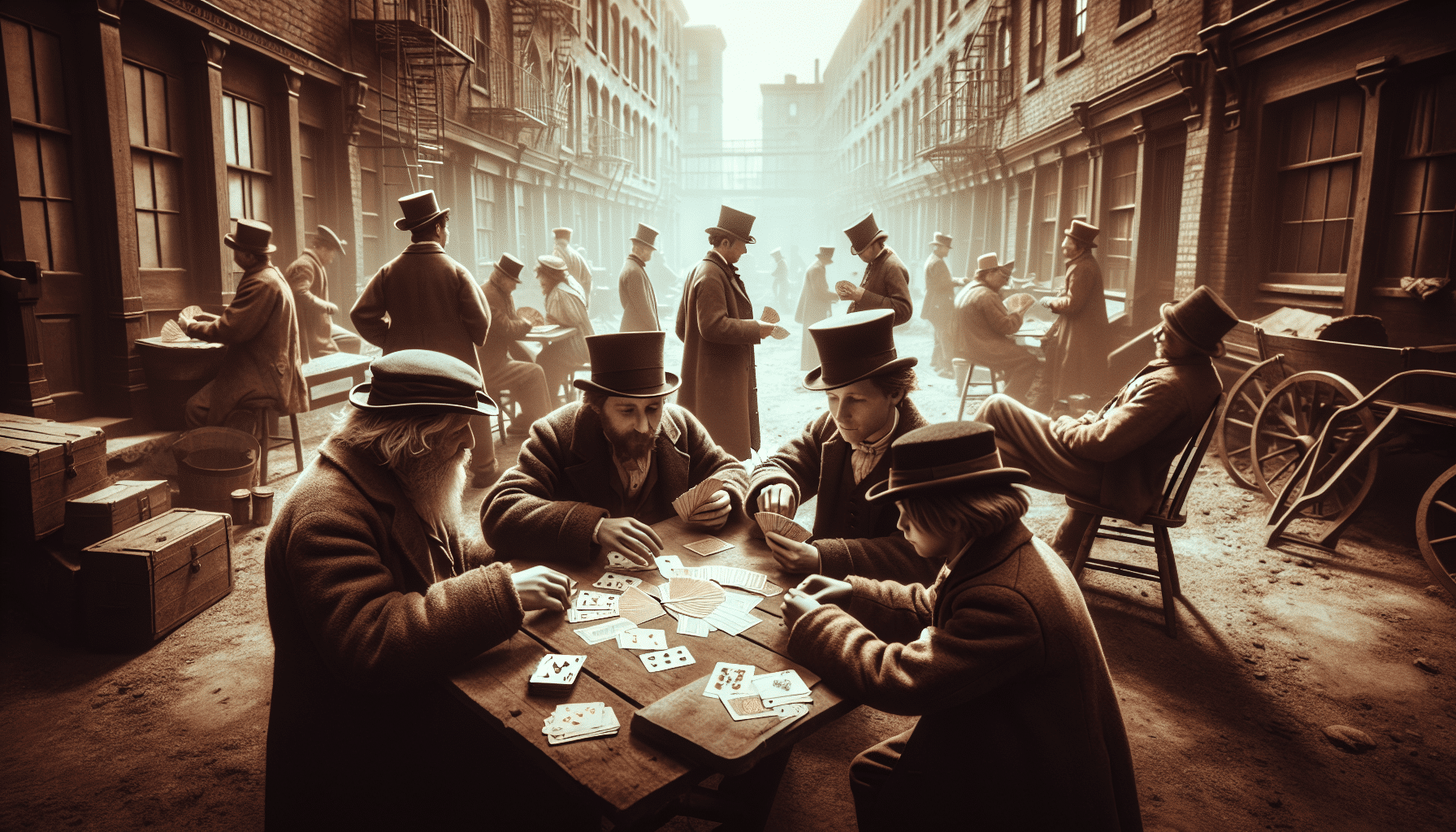
As you move on from Crowley’s esoteric Thoth Deck, you’ll encounter the equally significant contributions of Pamela Colman Smith, whose artistry in the Rider-Waite tarot deck brought the imagery of tarot to life for the masses. Smith’s Symbolism wasn’t just random illustrations; her work was a melting pot of mysticism, drawing from diverse cultural influences and a keen understanding of human psychology.
When you delve into Smith’s illustrations, you’ll notice:
1. Each card is a visual narrative, replete with symbols that resonate on multiple levels of consciousness.
2. Her use of color isn’t just aesthetic; it’s a deliberate choice to evoke emotions and highlight key themes.
3. The characters and scenes are more than mere representations; they’re archetypes, tapping into the collective unconscious.
Pamela’s artistry indeed transformed tarot reading from a parlor game into a profound tool for introspection and guidance. Her cultural influence is undeniable, not just in the world of tarot but also in the broader realm of spirituality and art. As you explore the Rider-Waite deck, you’re not just looking at pretty pictures; you’re engaging with a rich tapestry of human experience and wisdom, woven by Smith’s deft hands.
Conclusion
You’ve journeyed through time, unraveling the rich tapestry of tarot’s past. From the opulent Visconti-Sforza decks to Lenormand’s prophetic insights, Waite’s systematic approach, Crowley’s mystical rebellion, and Smith’s enduring illustrations – each figure, a card in the deck of history, has reshaped the way you perceive and practice tarot.
Carry their legacies forward; let the cards continue to whisper secrets of the past, as you deal a future inspired by these storied hands.
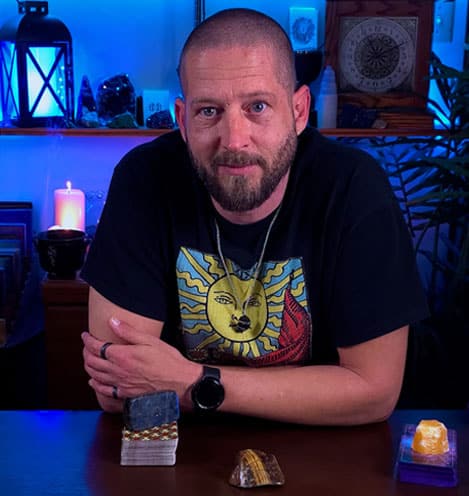
About The Author – Allen Hill
Allen Hill, the force behind Unknown Truth Tarot, has a YouTube following 6-times bigger than the population of his hometown, Miamisburg, Ohio. From his spiritually rich blog on Tarot and crystals to his role as CEO of The Unknown Truth Tarot Metaphysical Shop, Allen’s passion for the metaphysical shines through.
A master Tarot reader and “crystal junkie,” Allen is also a devoted dad to Dylan, 10, and Destiny, 24. When he’s not immersed in the world of Tarot and crystals, he enjoys poker and video gaming sessions, often humorously outplayed by Dylan.
Follow Allen on Twitter, Instagram, Facebook, TikTok, and subscribe to his Unknown Truth Tarot YouTube channel to join him on a journey of spiritual growth and self-discovery.

